A few months ago, we dedicated a post to the most frequent aromas and flavours that can appear during beer brewing and alter the properties of a product in some way. Identifying them is essential if we want to avoid unusable batches or production runs.
Since we already have something of a list of the most frequent alterations, in today’s analysis we’re going to focus on some of the most common off-flavours that can taint the beer, and, above all, how to avoid them during the brewing process.
Hygiene, health and control measures during brewing
Even when we follow processes strictly during brewing, exposure to certain types of bacteria and wild yeasts can alter some results and add an unpleasant flavour.
This is directly related to the implementation of hygiene measures during beer brewing, which are essential for obtaining optimal results that are free of contamination.

That’s why it is essential to guarantee good hygiene, through the use of regular inspection records (of the ingredients, the water, the cleanliness and disinfection of the facilities), by thoroughly controlling maintenance, as well as of any incidents and possible repairs, along with production records.
How to avoid off-flavours in beer
There are numerous flavours that can alter or taint products, but some of the most frequent are the following:
1. Acetaldehyde
One of the most frequent flaws that can develop during beer brewing is the acetaldehyde or popular green apple flavour.
When it appears, we should ask if the yeast we used is of good quality and check that the quantities added were correct.
To eliminate this sensation, it is advisable to let the beer rest for at least a couple of months to give the yeast time to convert the acetaldehyde to ethanol.
2. Overly alcoholic flavour
While enjoyable in certain stronger beer styles, too much alcohol can ruin the experience.
Normally these strongly alcoholic notes appear during fermentation, either because the temperature is too high or because sediments or residues are maintained in the beer for longer than normal after boiling, triggering a certain degree of oxidation.
It is best to avoid temperatures above 80°F. To prevent turbidity, eliminate from the wort all the undesired sediments that can increase this alcoholic sensation.

3. Astringent
This is the famous and unpleasant “vinegary” touch. It can arise because over-milled grain has been left steeping too long, releasing tannins and producing this astringent flavour.
To avoid this sensation, it is best to mill the grain to just the right degree of fineness, so that the hulls open up but aren’t completely crushed, while also watching the temperature and quantity of water being used and removing the grain before boiling.
It is also important to avoid boiling other elements, such as fruit, in the wort. It is better to add them later to the fermenter just before boiling, carefully selecting the hop varieties to be used for the beer style we are brewing.
4. Diacetyl
This is a very serious flaw, especially in lager beers. The way to eliminate this flavour, which has a pasty butterscotch aftertaste that arises in the wort due to the yeast, is to use high-quality yeast and provide enough oxygen for it to grow (making sure to avoid over-oxygenation) with complete fermentation at the right temperature.
5. Avoid DMS
To avoid this slight touch of boiled or canned vegetables, it’s advisable to eliminate the DMS through evaporation when boiling the wort.
To do so, it’s very important to keep it boiling briskly for at least one hour, or even 90 minutes in some processes, in order to eliminate it completely.
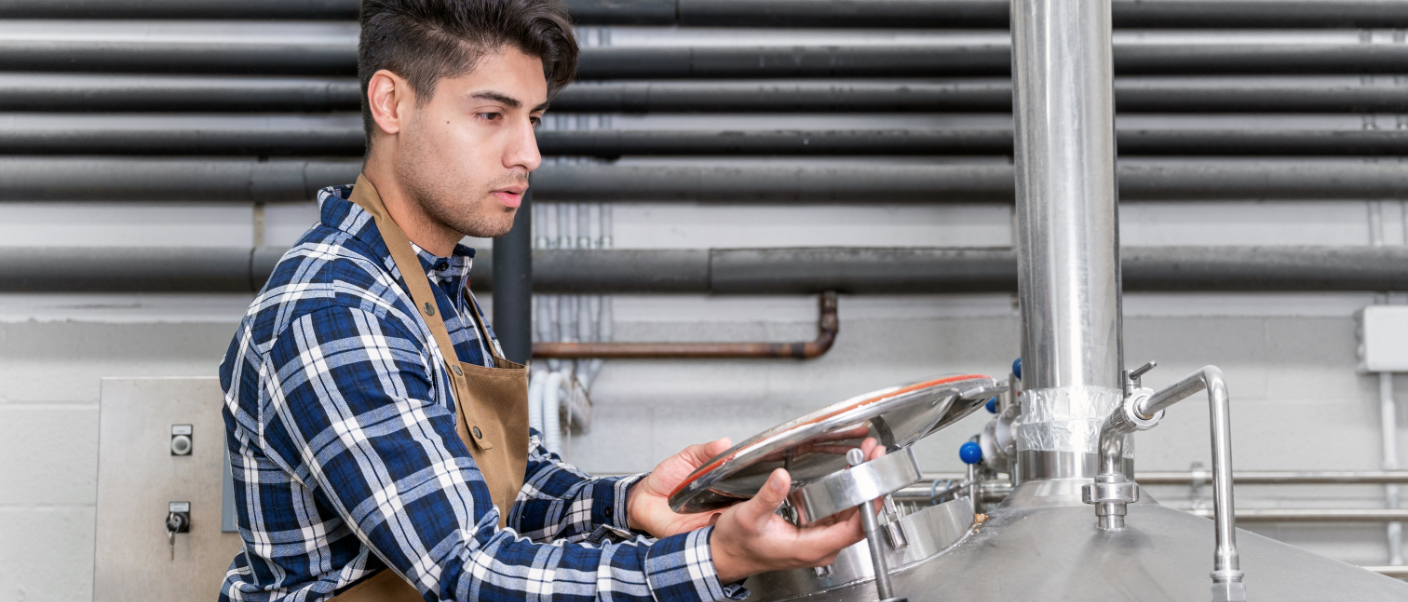
Prolonged cooling can also produce DMS or dimethyl sulphide.
It is best to cool it as quickly as possible in a cooler or using ice.
Fermentation with high CO2 production also helps to eliminate the DMS. It is best to use higher quality yeast.
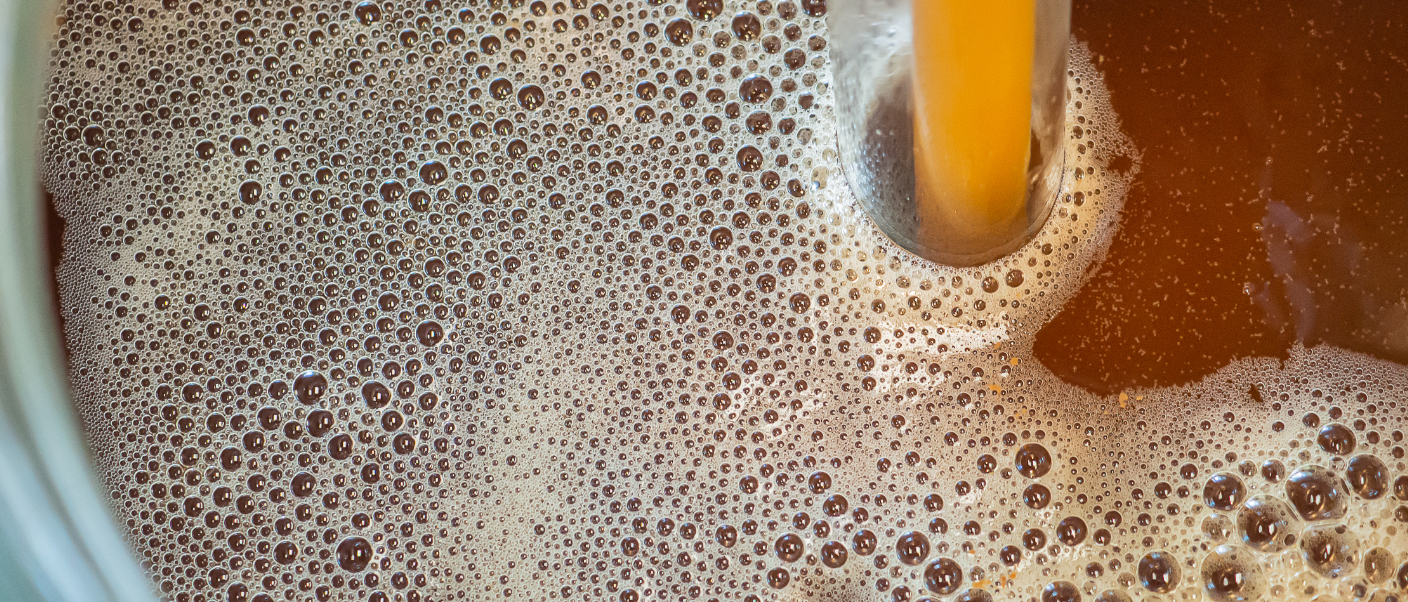
6. Husky or grainy
In some styles, like stout and in its proper measure, there are brewers who want to develop this quality, but generally it’s an undesirable sensation.
It is generally a flavour to be avoided. If the chosen grain is toasted, the easiest thing to do is to leave it exposed to the air for one to two weeks before milling to allow these strong aromas and flavours to dissipate.
Another trick is to cool the beer to allow those grainy nuances to fall in suspension.
7. Metallic flavours
To keep the beer from taking on metallic flavours during brewing, it’s essential to use elements, equipment and accessories (recipients, containers, stirring utensils, etc.) made of stainless steel and that are in perfect condition and free of defects or scratches. Additionally, it’s best to avoid the use of metal or iron in contact with the beer or wort.
Furthermore, overly alkaline (pH above 9) or unfiltered waters should be discarded, as this will help keep these unpleasant flavours from appearing.
8. Avoid oxidation
One of the main reasons for oxidation is that oxygen reacts negatively with the molecules of the wort or the beer, producing a series of undertones that need to be eliminated.
It occurs almost always with beer after the fermentation process, when it is moved from one recipient to another, due to splattering.
This can be avoided through the use of hermetically sealed hoses for transferring the liquid, so that the wort doesn’t oxidise or to avoid exceeding the recommended amount of oxygen or air.
9. Salty touches
It seems incredible, but certain salty nuances can also be detected in beer. While some types do exist where a slight touch of saltiness is appreciated, like ones from the English town of Burton-on Trent, this flavour is not typically prized in beers.
To avoid results like these, it’s important to use waters that contain these properties naturally, without the addition of any types of salts.
10. Excess sweetness
While a touch of sweetness in some beers is enjoyable, too much of it can taint the result.
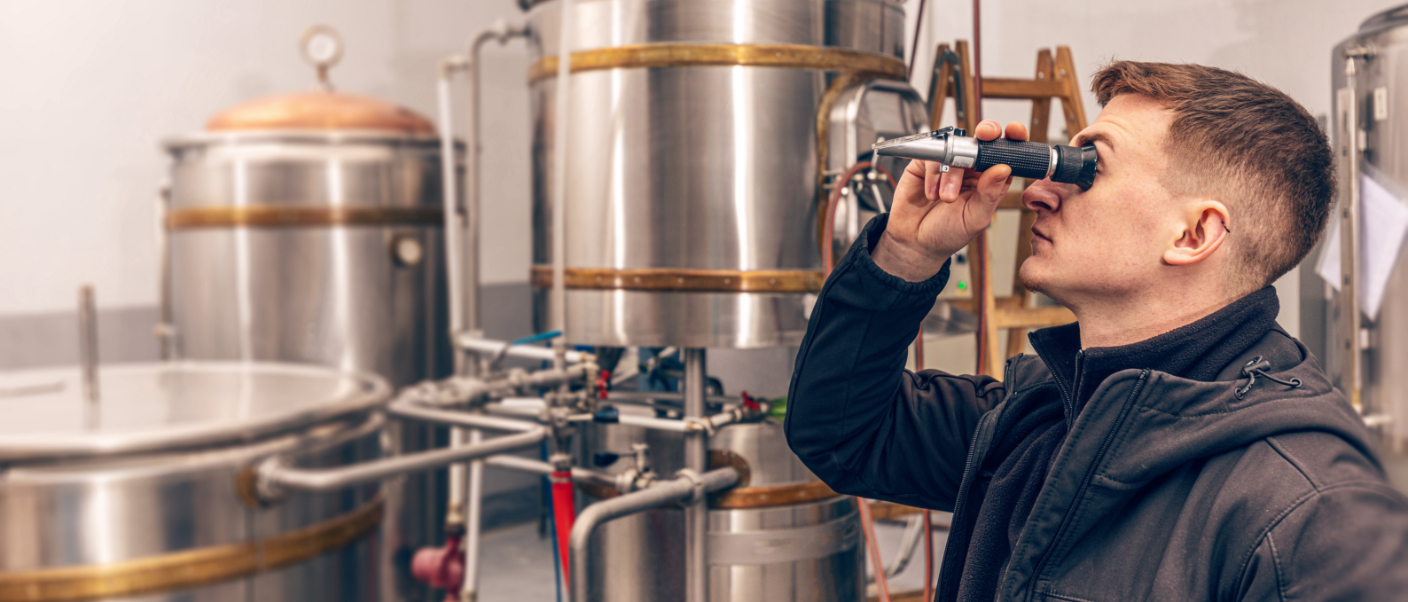
To avoid an extremely sweet result, it’s important to analyse the quality and quantity of yeast being used, in addition to exhaustively controlling the fermentation temperature to ensure that the process does not occur at too low a temperature.
When formulating the recipe, we should have a very clear idea of whether or not we want to emphasise sweetness or, on the contrary, bring out a certain bitterness, taking into account the need for balance in each case.






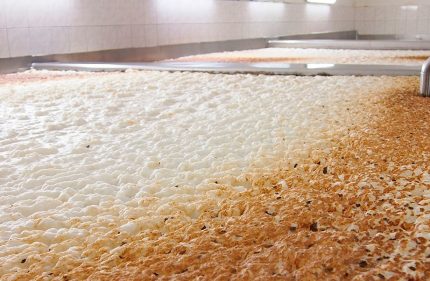

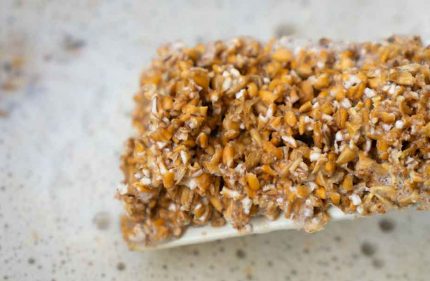

Comments